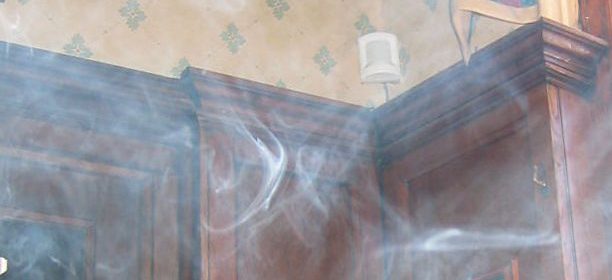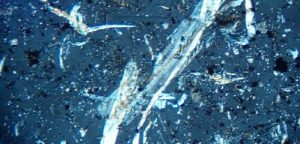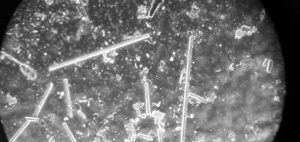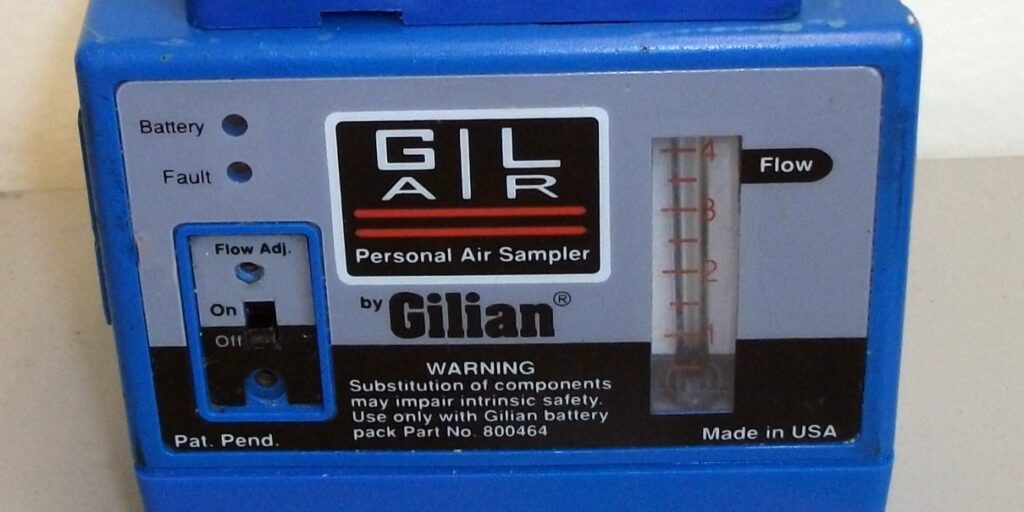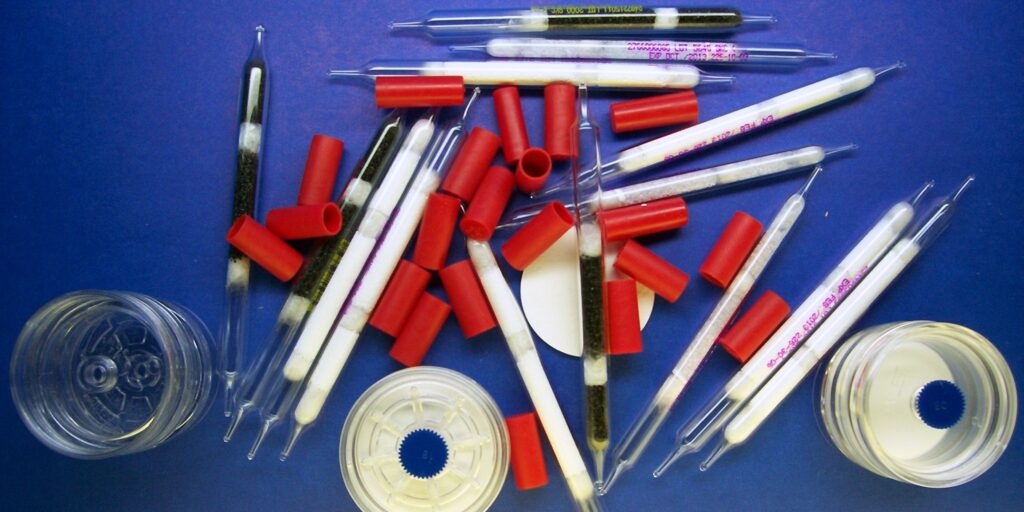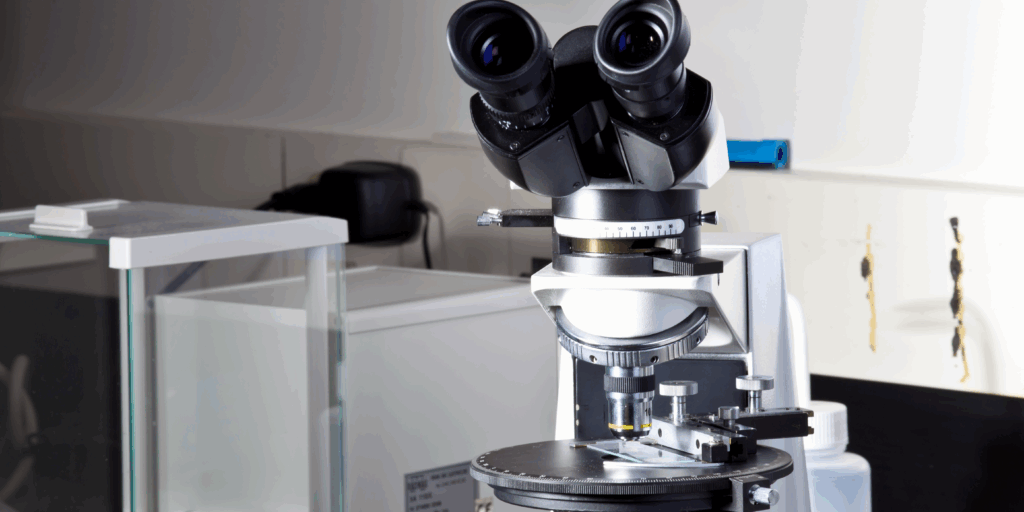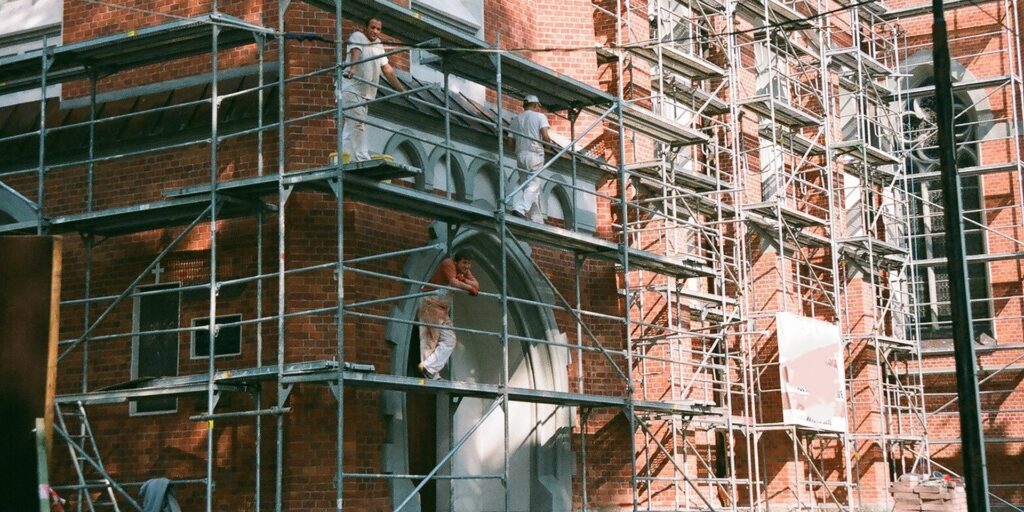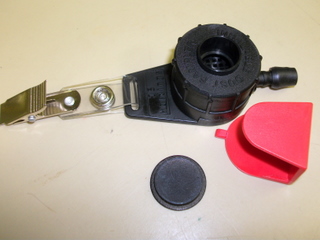 LCS Laboratory offers the most advanced Indoor Air Quality (IAQ) testing of residential houses and apartments in SW Ontario. During our visit, we monitor different properties of the air in your house and compare them with the established air quality standards. Our IAQ service is supported by our own testing laboratory and therefore outperforms any similar services. Unlike our competitors we can test for 100s different parameters like dust, solvents, formaldehyde, carbon dioxide, lead, metals and allergens.
LCS Laboratory offers the most advanced Indoor Air Quality (IAQ) testing of residential houses and apartments in SW Ontario. During our visit, we monitor different properties of the air in your house and compare them with the established air quality standards. Our IAQ service is supported by our own testing laboratory and therefore outperforms any similar services. Unlike our competitors we can test for 100s different parameters like dust, solvents, formaldehyde, carbon dioxide, lead, metals and allergens.
Each survey is fully customizable and adress what is important to you and yor family. We always start by learning what is important to you, and what is the concern or symptoms. We follow with a free-no obligation quote, and only once you are fully satisfied with the piing, we proceed with the test.
- Indoor Temperature. Air temperature is one of the most important parameters that gives us a sense of comfort. We can advise if the temperature of your home or office is within the recommended range or not. In addition, the cold spots in your house may cause condensation of moisture and mold growth.
- Relative Humidity of the Air. Humidity is a measure of water concentration in the air. When air is too dry, our skin loses moisture quicker and gets dry. Dry air causes nasal mucosa (membrane) to dry, which may cause nose bleeding and also makes us more vulnerable to airborne diseases. Very high humidity gives us a sense of stale air and increases the risk of mould growth. Our test will show how close your house is to the optimal humidity range.
- Cold spots are detected with a thermal camera to address wet spots in walls where the moisture can triffer the mould growth.
- Carbon Dioxide in the Air. Carbon dioxide is a normal part of our environment. Its typical concentration in fresh outdoor air is 400-500 parts per million (ppm). Our test measures carbon dioxide in your house if the level is elevated, you need to bring more fresh air in
- Common dust PM10 and fine dust PM2.5 in the air. Dust is a source of allergies, it carries all kinds of chemicals and germs. The danger of dust is well known and regulated. We will test the air of your house for two fractions of dust and will compare the findings with the current regulation.
- Total Volatile Organic Compounds (TVOC) in air. Some TVOC is always produced by our body but most of it comes from household chemicals. Building science recommends keeping TVOC level below the comfort level of 0.2 ppm. This test shows if the TVOC level is within a comfort zone. If TVOC is high in some areas, those areas should be considered chemically contaminated
- Ventilation and Air Exchange Rate are evaluated based on the distribution of the tracer gases in the air of your house
- Carbon monoxide in the air. Carbon monoxide (CO) is a product of the incomplete combustion of fuel. The outdoor level of CO is below 2 ppm, which is a relatively low value. In houses, it is produced by burning heaters, candles, fireplaces, and furnaces. Levels of up to 9 ppm of CO in air are considered to be safe. Higher concentration can be deadly
- Formaldehyde in air. Formaldehyde is a synthetic gas that is classified by Health Canada as carcinogenic (causing cancer). It is typical for poorly ventilated areas of the house. Formaldehyde is emitted by man-made composite materials like plywood, laminate, hardwood floor, modern furniture, UFFI wall insulation. The allowable formaldehyde level in houses is 0.04 ppm. Our screening test allows detection of formaldehyde at the level of 0.05 ppm, which is on the edge of the regulated value. If our screening shows elevated formaldehyde level, the standard air sampling should be performed to confirm the finding
 Mould spores in the air. Any biological and chemical objects in the air, including mould, may cause allergies. In this test, the samples are collected on Air-O-Cell cassettes and are taken to our laboratory for testing. In our report, we identify 12 different types of mould and their individual concentrations in the air. Elevated mold level points on mold growth and possible water damage
Mould spores in the air. Any biological and chemical objects in the air, including mould, may cause allergies. In this test, the samples are collected on Air-O-Cell cassettes and are taken to our laboratory for testing. In our report, we identify 12 different types of mould and their individual concentrations in the air. Elevated mold level points on mold growth and possible water damage- Allergens, including mould can be detected using this unique test which is specifically developed to excessive concentration of 20 types of allergenic dust in the air of your house.
- Asbestos and other Fibers by NIOSH 7400 test with the following analysis usin Phase Contrast Microscopy.
- Crystalline Silica as an indication of Construction Dust
- Glass fibers
- Toxic Metals including lead
- Identification of Solvents in air of your house using the most advanced Gas Chromatography with Mass Spectroscopy.
Site visits, collection of data, and samples can take between 1 and 3 hours. During this time we will collect the samples of air for dust, solvents and toxic metal to be sure that your house is safe. Our report includes all analytical data, relevant observations, that are further discussed and compared with existing Canadian and International guidelines. To request a formal quote, please email us to tell about your concerns, what seems to be a problem, how many rooms should we test, and where you are located?

